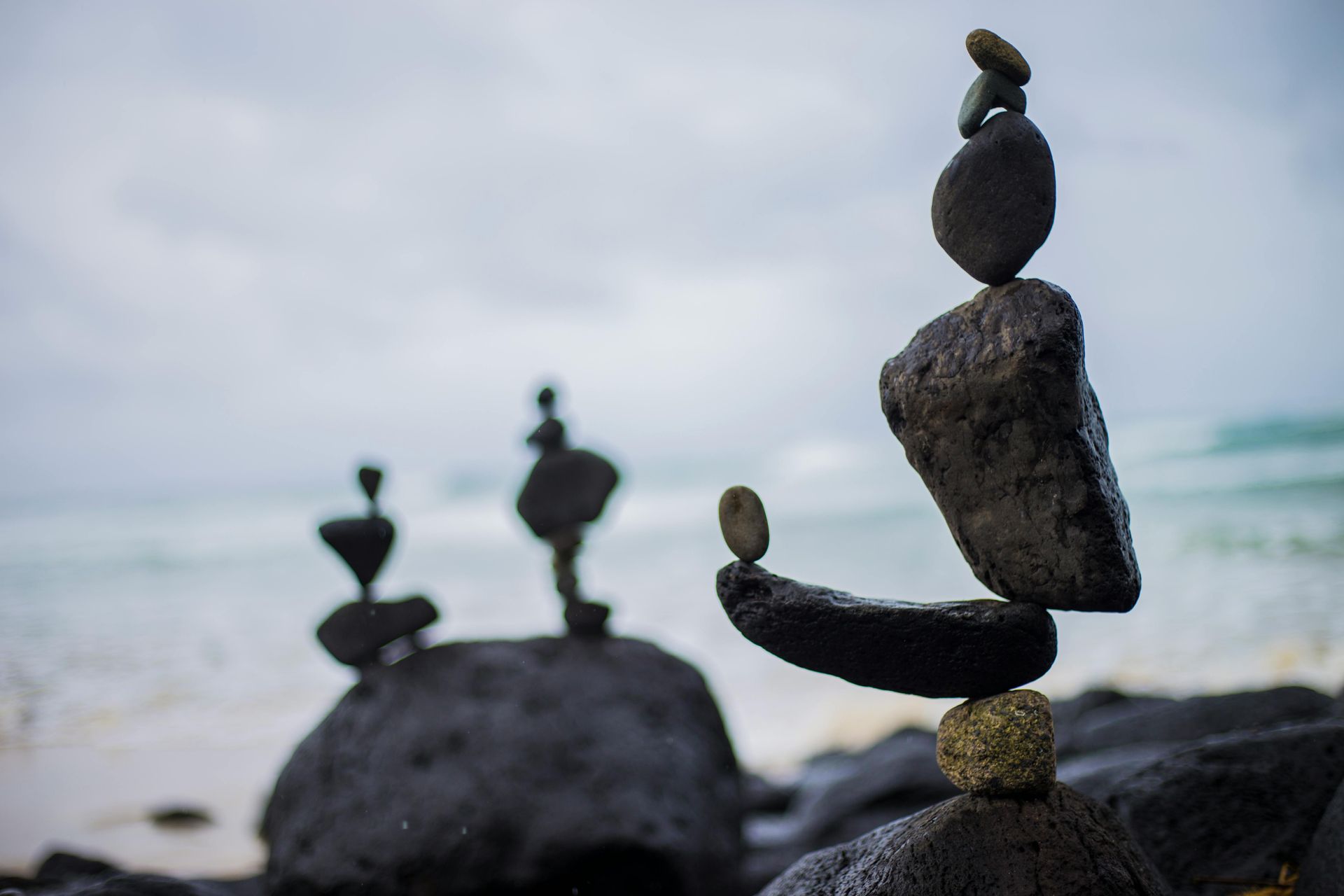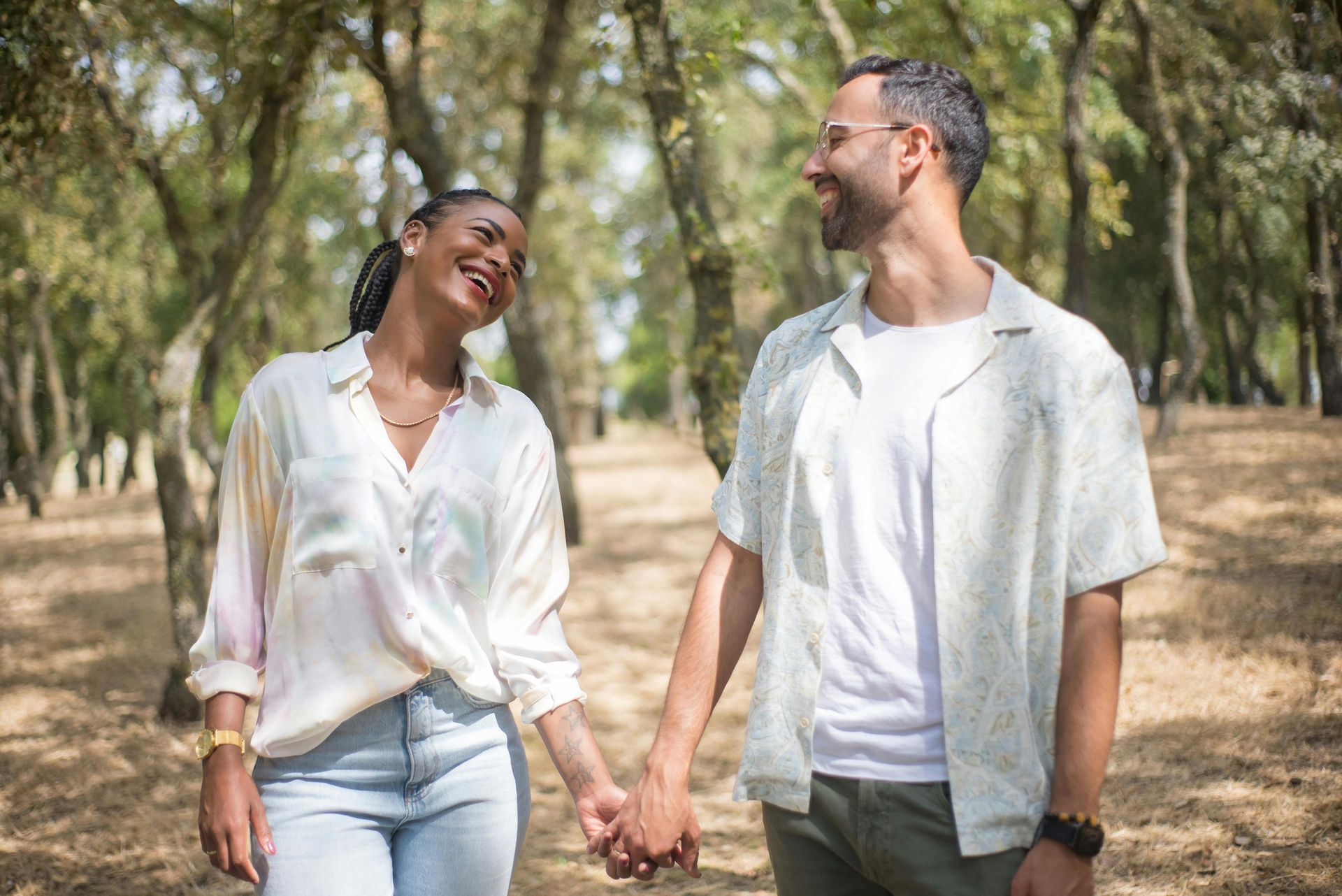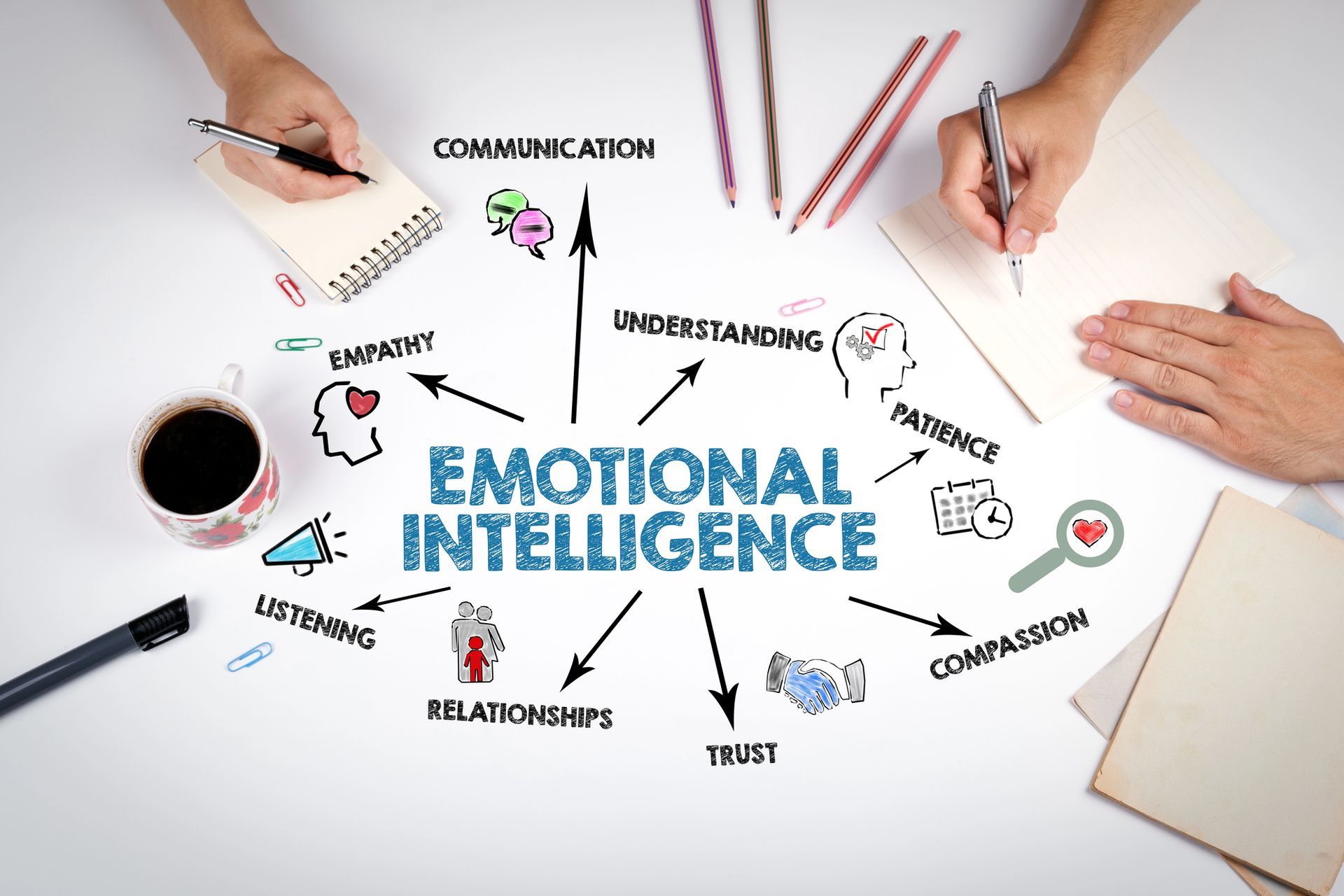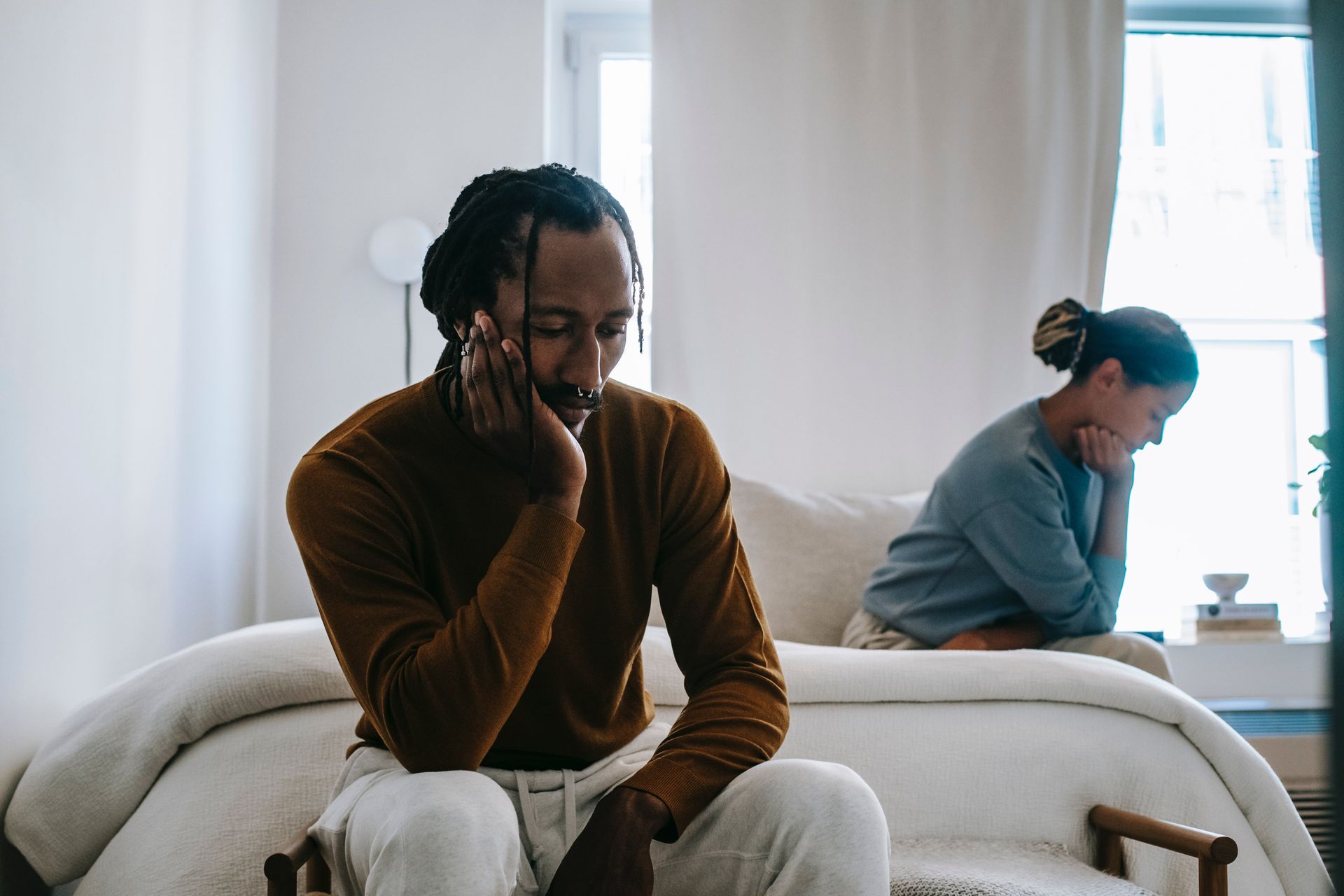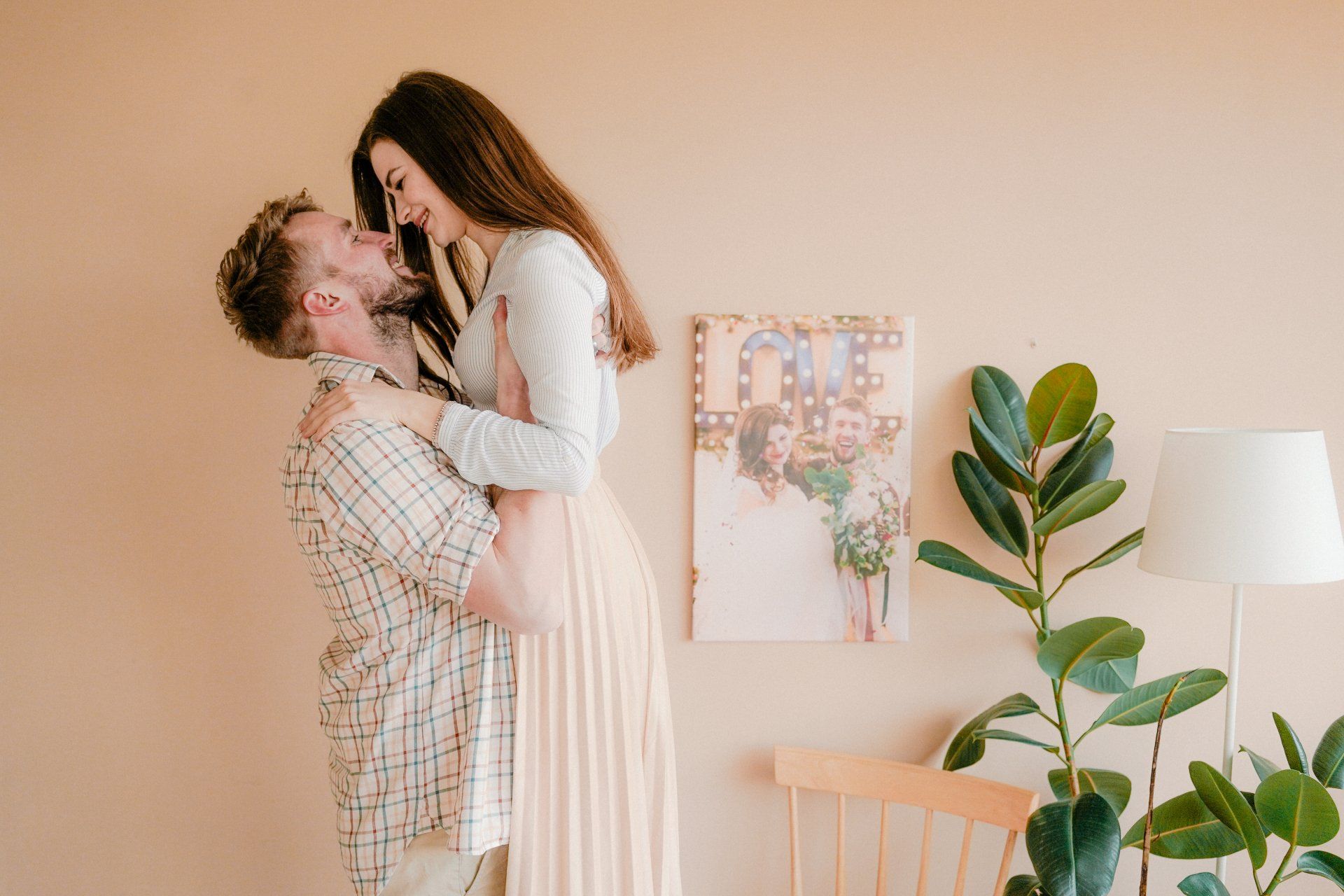Love Rituals

For the purpose of building love and intimacy, a ritual is any interaction or experience that you do regularly whether that’s daily or weekly, annually or only when you are on vacation and with intention. The act must be meaningful to both parties. You may not appreciate it equally, however, you need to both value and do it in the service of the relationship.
The structure and routine that are inherent to rituals provide a regular opportunity for you to focus on your relationship, to be present and open with each other. This creates space for intimacy and connection and fills your “Love Tank” with positive energy and appreciation for each other. Then when you hit a snag, your relationship will be that much more resilient – you’ll find it easier to call upon your reserves of empathy, compassion and love.
Once you have created a ritual, keep it up even when you’re not in the mood or your relationship is not in the best place – consistency is a big part of the magic. However, things in your relationship may arise, differing home or work schedules, relationship dynamics where the ritual may no longer fit. Give yourself permission to let it go. A ritual may circle around again, or maybe you’ll create a new one that feels ever better.
Aahhh, that cup of coffee or tea!
Grand gestures may be fun and fabulous, but the road to deeper intimacy is often found in regular small deeds and that’s where rituals can serve you well. If you’re looking to incorporate more acts of kindness in your relationship, delivering your loved one a cup of coffee or tea is a wonderful starting point. It offers reward for both the brewer and the drinker: The former gets s meditative moment to think of their partner and luxuriate in the joy of doing something for someone they love. The latter gets a morning pick me up in the form of both a caffeine hit and a heartfelt cared for feeling.
Restating your love
I know of one couple, when they wake up in the morning, they turn to each other and say: “Today, I choose you!”! This is their way of recommitting to the relationship recognizing that love is a decision. What I adore about this ritual is how it counteracts the effect of those less romantic realities: jobs, household chores, bills, kids – that if not balanced out, can take a toll and get in the way of articulating how much you love and care about each other. Think of this as a vow renewal. This is a way of articulating how much you love and care about each other on an intimate level.
Exchanging Haikus
I first learned of this ritual from a colleague of mine and her husband. They would exchange this love ritual throughout their days tucking a poem into a work bag, a dresser or lunch or finding it while on vacation or through a text. It ignites feelings of love and tenderness. Love poems have been around for a very long time. Since the beginning, poetry has been uniquely suited to conveying sentiments and revealing emotions. You may not be a Shakespeare, however, you may want to try Haiku, a Japanese poetic form that consists of three lines, with five syllables in the first line, seven in the second, and five in the third.
Keeper of my heart
Love me as long as I live
Show me the bright light
This isn’t about writing brilliant poetry to each other – it’s a way to introduce a playful communication into your relationship. You can write about a moment you shared, a quality of theirs you admire, something sexy you did or want to do together or anything else that expresses your affection.
Returning together
Transitions are notoriously challenging for couples. For instance, notice that you have might have a fight before you leave to go somewhere or in the car. Each of us has different needs during these times, and this can make it challenging.
An important transition is returning home from work. What if one of you is home during the day and is missing and craving interaction and wants to talk about your day. The other has a high stress job with back to back meetings all day and craves a few minutes to yourself after walking in the door, to decompress and detach from the pressures of the day. Neither desire is right or wrong, but this mismatch can definitely lead to tension and hurt feelings.
The suggestion is to sit together and discuss what will specifically work for each of you when reconnecting. To minimize the potential for any discrepancies in your respective needs and expectations to be misinterpreted as lack of care or love, it’s important to walk through the nitty gritty details of the interaction. Here are a couple of variations.
Maybe one of you needs a little space. You greet your partner at the door and then allow the one who just got home, 15 minutes to change and decompress and return refreshed and ready to engage.
If you are returning home, give your partner the heads up that you are on your way home via text or phone call. On the way home in the car, train or bus, start to think about him/her and let go of your day. The one who is at home, transition from what you are doing and go and greet your partner. Help him/her be received upon arrival, by sharing a meaningful hug and kiss that lasts more than 10 secs.
If both of you are home and need a debrief, set aside some time to talk about your day while making dinner together.
Other transition times, could be bedtime. If you go to bed later, tuck your partner in and say goodnight to him/her. The same can be said about mornings, if you are the one that is leaving first, make sure to make a point in attending to him/her with a hug and/or a kiss.
Transitions are difficult, however, can be managed by having honest and insightful conversations with each other about what each of you needs. Remember generosity, that you are on the same team and that the biggest “win” is creating a ritual that makes you both feel good.
Practicing Yoga together
Practicing yoga with your partner adds playfulness to your relationship and enhances trust and communication. In many poses, you have to literally support each other. It’s also an opportunity to slow down and connect to the other person’s breath.
Supported Partner Backbend and Forward Bend
- Sit back to back with your legs long or slightly bent. (If you knees are bent, keep your heels on the floor and the balls of your feet lifted).
- As one partner leans forward, the other will recline and backbend over them. Be sure your spines stay connected! Hold for a few breaths, then alternate. Feel your partner’s breath through the connection of your spines.
Appreciating each other
When I first learned Imago Relationship Therapy, appreciations and sharing gratitude was one of the flagships of the model. I also learned about the benefits of sharing appreciations and gratitude and how it can release many positive endorphins. Gratitude is the mother of all emotions and it just feels good, either giving or receiving.
Through my training, I learned to cultivate gratitude not only in my marriage, but also at family dinners. Each family member would share an appreciation to every member at the table. It is amazing to see the smiles on each other’s faces and have those positive feelings ignited. I don’t think our world gives enough appreciations. We are a culture that is appreciation deficit.
Within a relationship, practicing giving and receiving appreciations can easily be a daily ritual that is brief with profound impact.
Here are a few ways to add this ritual into your daily rhythm:
In the morning: Incorporate gratitude into your parting by acknowledging and saying thank you to your partner for something simple they do regularly, like putting away the breakfast dishes. This might mean appreciating the same thing day after day, which is fine. The goal isn’t to be novel, it’s to feel and show gratitude.
During the workday: Set a reminder on your calendar to send your partner an appreciation text on your lunch break: “I appreciate you walking the dog this morning, or I appreciate you being a good listener to me last night.”
Dinnertime: Take a note from my family ritual and share an appreciation to each member of the family. Tell them what they did and how you felt. “I appreciate the joke you sent me, it made me laugh” or “I’m grateful for our run together this morning because I felt so much better afterwards.”
Before sleep: Look at your partner and gaze at them and fill them up with an appreciation, ie “I am so glad you came into my life”. Good night. I love you”.
If you can spare the few minutes necessary to make this a regular thing, you’ll get a lot of bang for your buck: Grateful couples are more satisfied, feel closer to each other and better able to weather conflicts, even financial distress.
Psychologists found that it takes only a one grateful person in a couple to set good things in motion. When you feel grateful for your partner, it helps you recognize their value, which recommits you to the relationship, both in the moment and long term. That in turn makes you more likely to do the work necessary to maintain the relationship which translates to your partner feeling more valued and appreciated, which translates to them feeling more gratitude toward you, which translates to….well, you get the idea.
Meditating Together
Meditating is often either a solo practice or done in group. It is also a way for couples to connect on a spiritual level. By encouraging you to focus on the breath, or focusing on a mantra, meditation steadies the mind on the present. Instead of riding the wave of every thought and emotion, you learn to watch them come and go, which brings greater openness and spaciousness to your existence. And that allows for more honesty and vulnerability, which is the cornerstone for intimacy. It also empowers you to shift the stories our minds tell. These stories often get in the way of seeing and loving who each other really is.
As a long time meditator, I’ve learned that my initial reaction is usually only part of the full narrative, especially when I feel angry. Now instead of rushing into war with my husband (or anyone else for that matter), I pause and take some conscious breaths and watch and name the feelings. This engages the pre-frontal cortex and regulates the “fight or flight” system. I may still feel the disturbance, however I find that I am better able to consider the other person’s perspective and be less attached to my desire or need to be right.
Fortunately, meditating together only requires time to sit quietly. There are many apps today to assist you. My personal favourite is www.breathingroom.com. Any meditation that helps you each connect with yourselves will benefit your relationship. The most important fact is the intention you bring to the meditation experience: to set aside the distractions and find greater harmony with yourself, your partner and all living beings.
Love Rituals can change the landscape of your relationship from conflict, distress disappointment to cherishing, honouring, and adoring. These simple turnarounds can be fostered with your effort and commitment. May you implement these love rituals into your daily existence and watch your intimacy deepen and flourish.
Register for our Newsletter and receive a Free Love Chat Package
- The 5 Steps to a Better Relationship
- Ongoing Monthly Relationship Tips
- If you want more love in your life, our relationship Love Chat Package is an easy cost-free first step.


